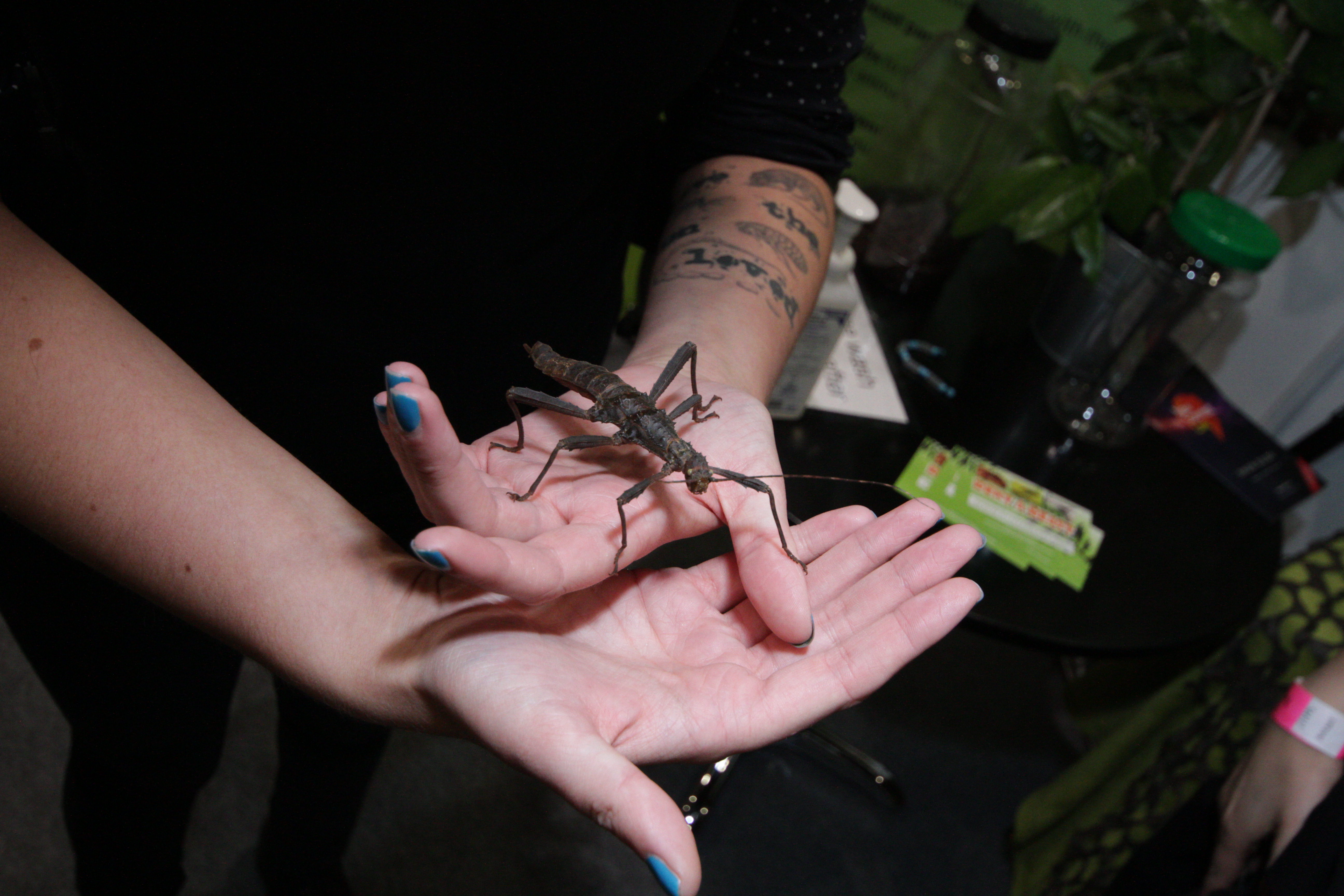New Scientist Live 2018: How it Works speaks with Valerie Jamieson

Al Worden, Helen Sharman, and Tim Peake, in discussion at New Scientist Live 2017
For the third consecutive year, the New Scientist Live is set to see thousands of people flock to the ExCel London to experience immersive exhibitions and hands-on experiences of the latest ideas in science and technology. The show features five engaging zones; Humans, Engineering, Technology, Earth, and Cosmos, hosting some of the biggest speakers in the science, technology, engineering, and maths, including Tim Peake, Jim Al-Khalili, and Hannah Fry.
The four-day event will some of humanity’s biggest questions such as what should we do about plastic, how are humans shaping the planet, and can batteries transport us into a greener future? Curious minds are invited to see the wonders of the night sky under a planetarium, make your own Paleo stone tools, and get up close and personal with some incredible invertebrates.
We spoke to Valerie Jamieson, creative director at New Scientist, about this year’s event.
Hi Valerie. It’s only a few days now until the start of New Scientist Live 2018. Do you have any particular highlights that you are looking forward to at New Scientist Live 2018?
With 120 talks across six stages and more than 100 exhibits, it’s hard to choose a favourite… I’m personally looking forward to hosting a discussion with astronaut Tim Peake, jungle explorer Will Millard and Antarctic adventurer Nics Wetherill. All three of them have been to extraordinary places and to hear them compare and contrast their experiences on stage is going to be fascinating and inspirational. I’ve spoken to all of them already and they have fantastic stories to tell. And I can’t wait to learn about the science of slime, mix up my own goo and test its properties in a series of Olympic-style events: the slime drop, two-way and four-way stretch, slime acrobatics and slime maze.

“When I am older I really want to become an astronaut and visit Mars. I have my own mission name ‘Mission Explore’ because I want to explore the red planet”. Chloe Mainstone – 9 Years Old
What have been your highlights over the last couple of years of NSL?
This is only our third year! Last year we had a live link-up with the International Space Station. It was a very special experience being able to ask astronaut Paolo Nespoli questions as he floated around in microgravity. Sadly we weren’t able to set up the link this year due to what NASA calls operational issues. I think that’s worked out for the best. Astronauts have just discovered a leak on board the space station and we would have had to cancel our link-up at the eleventh hour – not what you want as an organiser.

Last year our team got close up to some giant stick insects
Could you tell us about the importance of New Scientist Live and what it seeks to give attendees?
We can give everyone who is curious about science a mind-blowing experience they’ll be talking about for years to come. When we launched New Scientist Live in 2016, we thought visitors would come for a couple of hours. What we find is that they typically stay for six and a half hours; the show is only open for seven hours each day.
Could you tell us a little bit about the logistics of organizing such a massive event?
It takes a year to organise. We’re already thinking about 2019’s show. The best thing about New Scientist Live is also its biggest challenge. Our visitors come from all walks of life and they’re all ages from 18 months to 80 years old, what unites them is their curiosity about the world. Some of the sponsors we approach want to target very specific groups. New Scientist Live is far, far bigger than that. Last year more than 30,000 people came.

Exhibitions last year included a real space suit
Are there any speakers that haven’t yet been part of NSL but you hope to see at a future event?
So many … David Attenborough, gene-editing pioneer Jennifer Doudna, SETI-pioneer Jill Tarter, robotics enthusiast Simone Giertz, Brian Cox, Melinda Gates… We have no shortage of ambitions. I invited Elon Musk to bring his Space X drone ship with a Falcon rocket on it up the Thames and dock at ExCeL. With all his controversies, perhaps it’s best his team declined this year.
New Scientist Live is known as the world’s best science festival – what makes it stand out?
It’s the mix of talks and exhibits and the fact that they’re all under one roof. This gives the show an incredible energy that’s quite unlike anything else.
For more information about science and technology, visit our website now. If you have a tablet or smartphone, you can also download the latest digital version onto your iOS or Android device. To make sure you never miss an issue of How It Works magazine, subscribe today!




